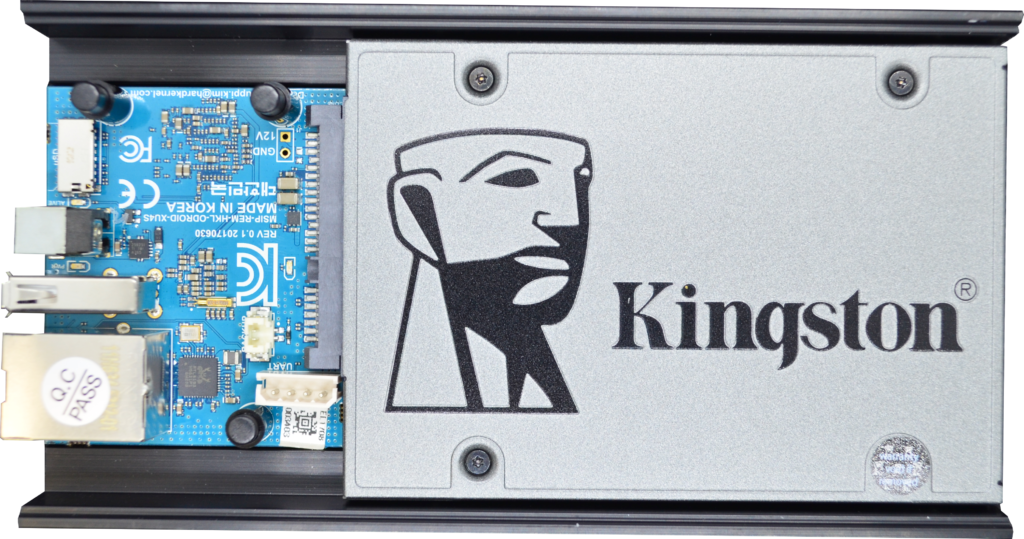Today was another big day for backend development on Aurisona.
As tempting as it is, rather than jumping straight into Unreal Engine, I’ve concentrated my focused on building a solid foundation for user authentication, settings storage, and dynamic audio delivery. The goal is to have a fully functional system before layering in the visuals. That way, when the time comes to build the in-game experience, everything just works: user preferences load instantly, music streams dynamically, and the game is optimized from the get-go.
Today I laid the groundwork for sound profiles and user presets. Now players will be able to choose between preset audio environments like “Sleep Mode” or “Custom Mix” and the system will automatically apply compression, EQ, and separate volume levels for music, nature, and voice. Because I want to maintain a consistent experience across devices, settings save to the user’s account, and free users will have access to presets while premium users can additionally unlock full customization.
To support that, I created a new audio_presets table and added API endpoints to fetch available presets, apply them to a user, and save or retrieve custom settings. These settings are tied into the user’s account, which means they sync across devices and persist between sessions.
Once that was complete and thoroughly tested via the API, I shifted gears and finally started the Unreal Engine portion of the project.
I started by upgrading to Unreal Engine 5.6 and decided to begin with a Blueprint project, since it’s faster for prototyping UIs and interacting with APIs, which is especially important during this early phase… especially since I am eager to see the game take shape, and only have a limited amount of time off from my day job. I set up the project from scratch; an empty world, and began building the login screen. After wiring up the email and password fields in UE, I started building the login logic in Blueprints.
I was running short on time at the end of the day when I realized UE doesn’t natively support JSON in Blueprints. So I did a bit of quick research online and ended up adding the “JSON Blueprint Utilities” plugin to fix that. With that in place, I’ll be able to build the JSON payload from user input and prep the system for posting securely to the login endpoint.

I’m eager to see the backend and frontend finally shake hands. Today brought me one step closer to that moment. Next, I’ll finish the HTTP request logic inside Unreal, parse the response, and save the user’s session tokens locally. Once that’s in place, the client will be able to load each user’s preferences and audio settings directly from the cloud.
The foundation is now fully in place: authentication, presets, user-specific profiles… and I’m nearly ready to start pulling that into the in-game experience.
Tonight, as I head to sleep, I’ll be listening to the first music library I’ve been working on for Aurisona. One last listen to get a sense of any anomalies or spikes in dynamics that draw a listener out of rest. It’s my way of curating, scrutinizing, and ultimately finalizing each musicscape. It’s my way of ensuring the music is effective, beautiful, and perfect for Aurisona.
Here’s to a very restful night’s sleep!



